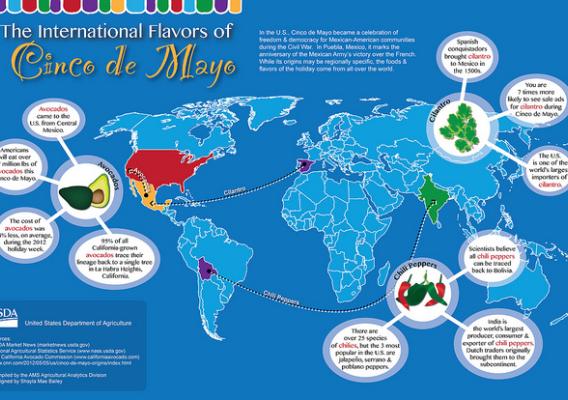This is the thirteenth installment of the Organic 101 series that explores different aspects of the USDA organic regulations.
The use of genetic engineering, or genetically modified organisms (GMOs), is prohibited in organic products. This means an organic farmer can’t plant GMO seeds, an organic cow can’t eat GMO alfalfa or corn, and an organic soup producer can’t use any GMO ingredients. To meet the USDA organic regulations, farmers and processors must show they aren’t using GMOs and that they are protecting their products from contact with prohibited substances, such as GMOs, from farm to table.
Organic operations implement preventive practices based on site-specific risk factors, such as neighboring conventional farms or shared farm equipment or processing facilities. For example, some farmers plant their seeds early or late to avoid organic and GMO crops flowering at the same time (which can cause cross-pollination). Others harvest crops prior to flowering or sign cooperative agreements with neighboring farms to avoid planting GMO crops next to organic ones. Farmers also designate the edges of their land as a buffer zone where the land is managed organically, but the crops aren’t sold as organic. Any shared farm or processing equipment must be thoroughly cleaned to prevent unintended exposure to GMOs or prohibited substances.









